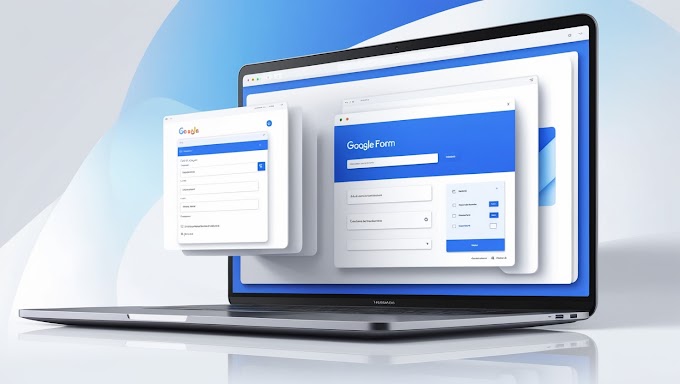 |
| Source Google |
Computers play a major role in every field in everyone’s life. They are used in homes, business, educational institutions, research organizations, medical field, government offices, entertainment, etc. Covid-19 pandemic has dramatically boosted the use of digital media in everybody’s life. Our children are actually growing up with more screen time than anybody else.
Computer vision syndrome (CVS), also referred to as digital eye strain, describes a group of eye- and vision-related problems that result from prolonged use of computer, tablet, e-reader and cell phone. In this digitalized world we all are bound to spend a lot of time in front of a computer or any screen, which results in strain of the eyes as well as other parts of the body. Users most often experiences headaches along with eyestrain.
SIGN AND SYMPTOMS OF COMPUTER VISION SYNDROME:
Prolonged working on computer screen leads to:
- Irritation, dryness, burning sensation of the eyes,
- head ache,
- neck or shoulder pain,
- eye strain, blurred or double vision after computer use.
There may be presence of some of these symptoms or all these symptoms.
TEN TIPS FOR PREVENTION OF COMPUTER VISION SYNDROME (CVS)
 |
| Source Google |
- Monitor location should be ideally 25 inches from eye.
- Maintain a good body alignment: The back should be straight.
- Use antiglare screen which will decrease the amount of light reflected from the screen.
- Avoid external light directly hitting eyes.
- Try to use suspended lights from the ceiling, windows with shades, curtains.
- Avoid sitting at a location with direct blow of air on eyes from a air cooler, A.C. etc.
- Maintain proper humidity of the room. Humid weather keeps eyes moist and eliminates dry eye symptoms.
- Always follow 20-20-20 rule: Take breaks for your eyes every 20 minutes between your works for 20 seconds then look at objects that are at least 20 feet away.
- Blinking of eyes frequently helps to keep your eyes moist and prevent computer vision syndrome (CVS).
- Do regular eye examinations and proper viewing habits can help to prevent or reduce the development of the symptoms associated with Computer Vision Syndrome.
The good nature of true eye strain is that it doesn’t last too long. Taking a break from looking at screens will typically help resolve your discomfort within an hour or so. If you have persistent eye strain, it might not be related to screen time. Consult with an eye doctor if frequent eye strain is affecting your ability to perform your daily activities.







